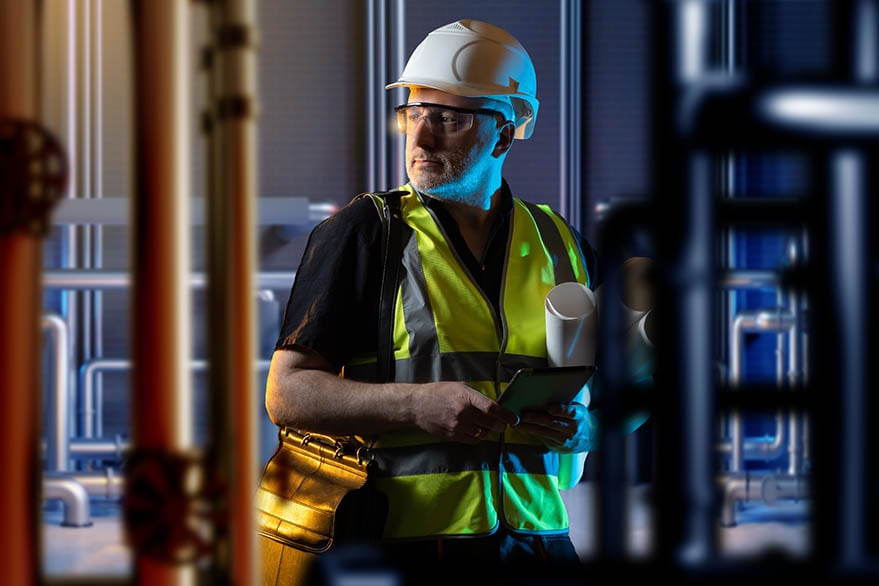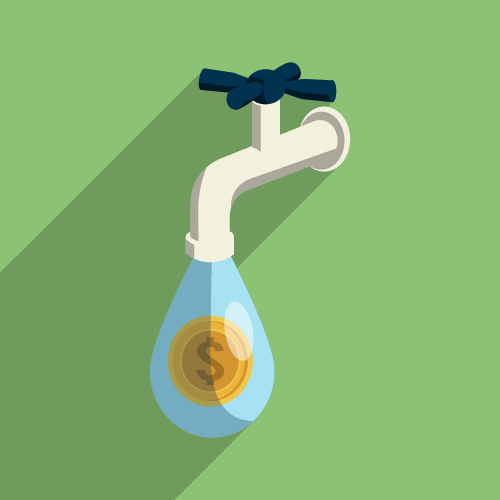As a facility manager, your main priority is to ensure that your operations work efficiently and effectively, the organization improves operating costs over time, and employee productivity increases.
Facilities management is a continuously evolving discipline because facilities are always changing. Contemporary workplaces have become digitally connected environments, requiring facilities management to use data and analytics to make improvements. Because of this, the process of managing properties, systems, teams, and processes requires a more thorough, tailored approach.
To adapt, new and seasoned facility managers will benefit from learning best practices and incorporating them into daily operations. The benefits include:
- Improved efficiency of operations
- A culture of proactivity, not reactivity
- Lower levels of stress and risk on all levels
- Increased communication
- An improved bottom line
8 Best Practices in Facility Maintenance Management
In facility management, every day brings new challenges. Procedures must evolve to meet daily demands. The following eight best practices in facility maintenance management can help ensure facility management success.
1. Establish real property inventory.
Real property inventory (RPI) is a record of an organization’s real property assets. Real property includes land and anything permanently affixed to the land such as buildings, installed systems, and equipment. It can also include roads, parking lots and facilities, and utility systems.
A branch of real property asset management (RPAM), RPI provides a process for collecting data and maintaining inventory in order to manage your assets and meet asset records and reporting requirements. Although not every organization calls RPI by the same name, they should all include a program that covers the same basic information.
2. Conduct a facilities condition assessment.
A facilities condition assessment (FCA) develops a comprehensive picture of the conditions and performance of buildings and infrastructure by analyzing the results of data collection. Reports and findings of the collection and analysis process can inform your decision-making for areas of improvement, such as handicapped provision, energy management, and sustainability.
3. Define a facilities master plan.
A facilities master plan (FMP) considers the long-range growth, goals, development, and vision of your organization’s buildings, facilities, and infrastructure. An FMP is only useful if it’s accurate, which comes from having comprehensive and correct information concerning the physical conditions of your facilities, the people it serves, and how the facilities are serving—or not serving—their needs.
4. Connect multiple communication channels to a single platform.
The success of your operations team hinges on clear lines of communication between employees, patrons, customers, and visitors. You can empower your team with the necessary communication tools that support multiple communication types—such as text, voice, and multimedia—to answer questions, resolve incidents, and handle requests as they are reported.
5. Implement preventive maintenance.
Preventive maintenance is a key component in proactive facility operations. Rather than letting equipment run until a problem arises, preventive maintenance is an organized, scheduled series of monthly or annual routine maintenance. This maintenance schedule ensures that a piece of equipment is functioning properly and resolves issues before they become major problems. In the long run, it can save your organization a lot of time and money.
6. Utilize data analytics to measure performance.
Data analytics is a way to make your operations run more efficiently and effectively through the use of data capture via your operations platforms. Data analytics uses data from a number of different data-collection tools and systems to:
- Alert the appropriate personnel when an issue arises
- Reveal trends to inform future processes
- Support process changes with facts, not gut feelings
- Present information to stakeholders about the facility
7. Utilize the Internet of Things (IoT) where possible.
As facility management best practices continue to evolve, more facility managers are finding technology to be a necessity in everyday facility management.
Cloud-based software options allow facility managers to leave behind paperwork orders and other manual processes to communicate and access facility activity and schedules from their smartphone or tablet, allowing them to work from anywhere at any time. Plus, equipment such as HVAC systems and lighting settings can be adjusted directly from a mobile device.
Ultimately, integrated IoT technology allows venues to save time, cut costs, align teams, and improve productivity so that management can focus on the things that matter most to operations.
8. Implement facility maintenance management software.
With facility maintenance management software, you gain a bird’s eye view of your facilities through centralized task management, streamlined operations, asset inspection, vendor and warranty information, and preventative maintenance scheduling—all in one easy-to-use platform.
Utilize Facility Maintenance Technology from 24/7 Software
It’s one thing to implement these best practices, but maintaining them is another. By using the right facility management software, you can identify and eliminate inefficiencies to ensure your best practices remain that way.
Editor's note: This post was originally published in February 2023 and has been updated in February 2025 for comprehensiveness and freshness.





